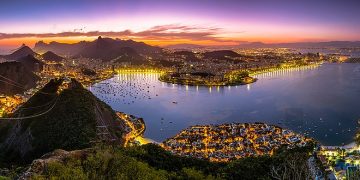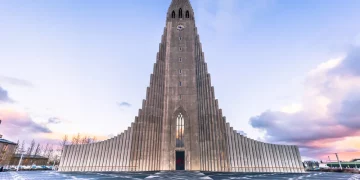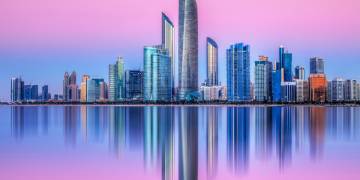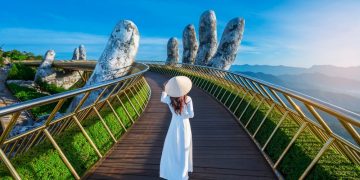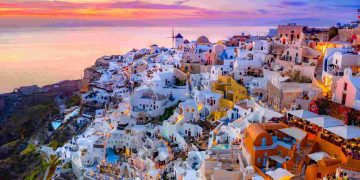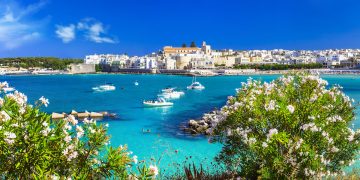Introduction
The Dolomites, a UNESCO World Heritage Site located in Northern Italy, are renowned for their dramatic alpine scenery and rich cultural tapestry. Spanning regions influenced by Italian, Austrian, and Ladin traditions, the Dolomites are a unique crossroads of history, art, and heritage. The region’s cultural practices reflect its geographical position, historical events, and the resilience of its people. From ancient Ladin customs to modern festivals, the Dolomites offer an incredible journey into the heart of alpine culture.
This article delves into the cultural practices that define the Dolomites, exploring their origins, significance, and continuing influence in today’s world.
1. What Role Do the Ladin People Play in the Dolomites’ Culture?
1.1 Who Are the Ladins?
The Ladins are an ancient ethnic group believed to be descendants of the Rhaetian people. Their language, Ladin, is a Romance language closely related to Latin, and it remains a cornerstone of their identity.
1.2 Traditions and Festivals
- Carnival (Fasching): Ladin communities celebrate Fasching with vibrant costumes, masks, and processions. The masks often depict folkloric figures, showcasing Ladin mythology.
- St. Nicholas Day: This holiday features parades and rituals, with participants dressed as Krampus, a horned figure from alpine folklore.
1.3 Handicrafts and Arts
The Ladins are known for their woodworking skills, creating intricately carved furniture, religious statues, and household items. This tradition, passed down through generations, reflects their resourcefulness and deep connection to nature.
2. How Do Festivals Reflect the Region’s Heritage?
2.1 Cultural Festivals
The Dolomites host numerous festivals that celebrate local traditions, music, and dance.
- Südtirol Jazz Festival Alto Adige: This annual event blends traditional alpine music with international jazz, attracting artists and audiences from around the world.
- Val Gardena Mountain Christmas: A blend of Ladin, Austrian, and Italian traditions, this festival includes markets, carol singing, and alpine folklore performances.
2.2 Religious Festivals
- Processions: Many villages in the Dolomites hold religious processions, often featuring participants in traditional attire.
- Harvest Festival (Erntedankfest): Celebrated in autumn, this festival involves decorating altars with produce and flowers, giving thanks for the harvest.
3. What Role Does Traditional Attire Play in the Dolomites?
3.1 The Dirndl and Lederhosen
Influenced by Austrian culture, these garments are worn during festivals and formal occasions.
- Dirndl: A dress consisting of a blouse, bodice, and apron, often embellished with embroidery.
- Lederhosen: Leather shorts paired with suspenders, commonly worn by men.
3.2 Ladin Traditional Clothing
Ladin attire is distinct, featuring woolen fabrics, colorful patterns, and elaborate headpieces. Women’s dresses often include intricate lacework, while men wear embroidered vests and hats adorned with feathers.
4. How Does Cuisine Reflect Cultural Identity?
4.1 Ladin and Alpine Cuisine
- Cajincí: Dumplings filled with cheese or spinach.
- Turtres: Fried pastries with savory or sweet fillings.
4.2 Festive Foods
- Zelten: A fruitcake made with dried fruits and nuts, traditionally baked during Christmas.
- Speck: A cured ham that symbolizes the Dolomites’ blend of Italian and Austrian influences.
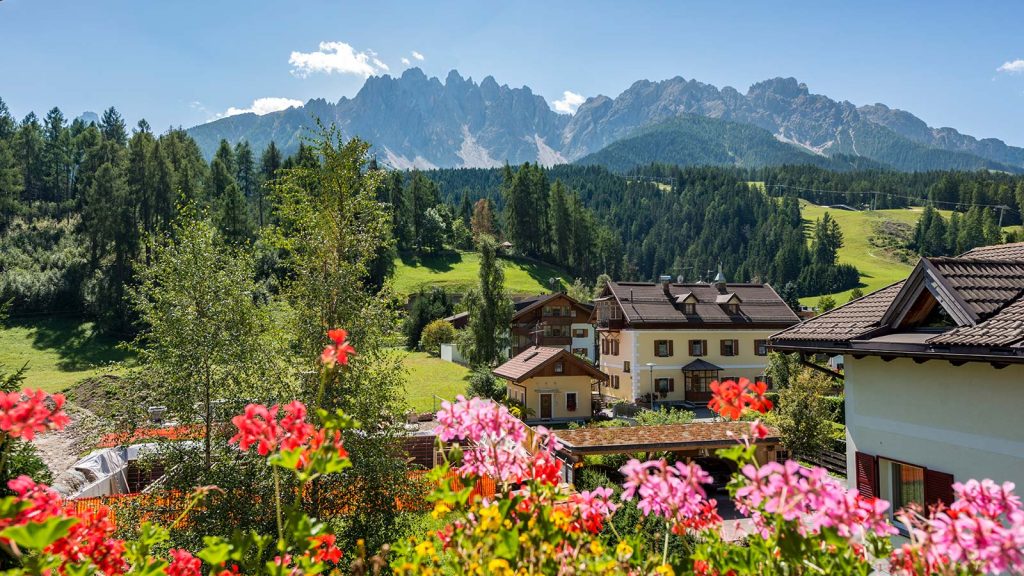
5. What Sports and Outdoor Activities Are Integral to Dolomiti Culture?
5.1 Traditional Sports
- Sledding: Popular during winter festivals, sledding is both a recreational activity and a competitive sport in the Dolomites.
- Stone Lifting: A traditional strength contest often featured in Ladin festivals.
5.2 Mountaineering Legacy
The Dolomites are the birthplace of modern alpinism, with many climbing routes and mountaineering practices originating here.
6. How Do Architecture and Village Layout Reflect Cultural Practices?
6.1 Alpine Chalets
The iconic wooden chalets, with their sloping roofs and flower-filled balconies, are not just picturesque but also functional, designed to withstand heavy snowfall.
6.2 Religious Structures
- Chapels and Churches: Scattered across the Dolomites, these often feature gothic or baroque architecture.
- Wayside Shrines: These small religious monuments reflect the region’s devout Catholic heritage.
6.3 Ladin Villages
Villages like Ortisei and Canazei showcase traditional Ladin architecture, with communal spaces and stone houses that foster a sense of community.
7. How Do Seasonal Changes Influence Cultural Practices?
7.1 Winter Traditions
- Krampus Runs: A December tradition where participants dressed as Krampus parade through villages.
- Alpine Skiing Festivals: Celebrating the Dolomites’ reputation as a world-class skiing destination.
7.2 Summer Activities
- Alpine Pasture Migration: In summer, livestock is moved to higher pastures, a practice accompanied by festivals.
- Music and Art Festivals: Open-air performances and exhibitions thrive during the warmer months.
8. How Is the Dolomites’ Culture Preserved and Promoted?
8.1 Museums and Cultural Centers
- Museum Gherdëina: Located in Ortisei, this museum showcases Ladin history, art, and traditions.
- Ladin Museum: Dedicated to preserving the language and culture of the Ladin people.
8.2 Education and Language Preservation
Efforts to teach Ladin in schools and promote it in media play a vital role in cultural preservation.
8.3 UNESCO Recognition
The designation of the Dolomites as a World Heritage Site has brought global attention to their cultural and natural significance.
Conclusion
The cultural practices of the Dolomites are a harmonious blend of history, geography, and tradition. From Ladin folklore to Austrian-inspired festivals and Italian culinary artistry, the region’s heritage is as diverse and captivating as its landscapes. Visiting the Dolomites offers a chance to immerse oneself in a culture that thrives on its unique identity while embracing the influences of neighboring traditions. What aspects of Dolomiti culture will leave the greatest impression on you?



